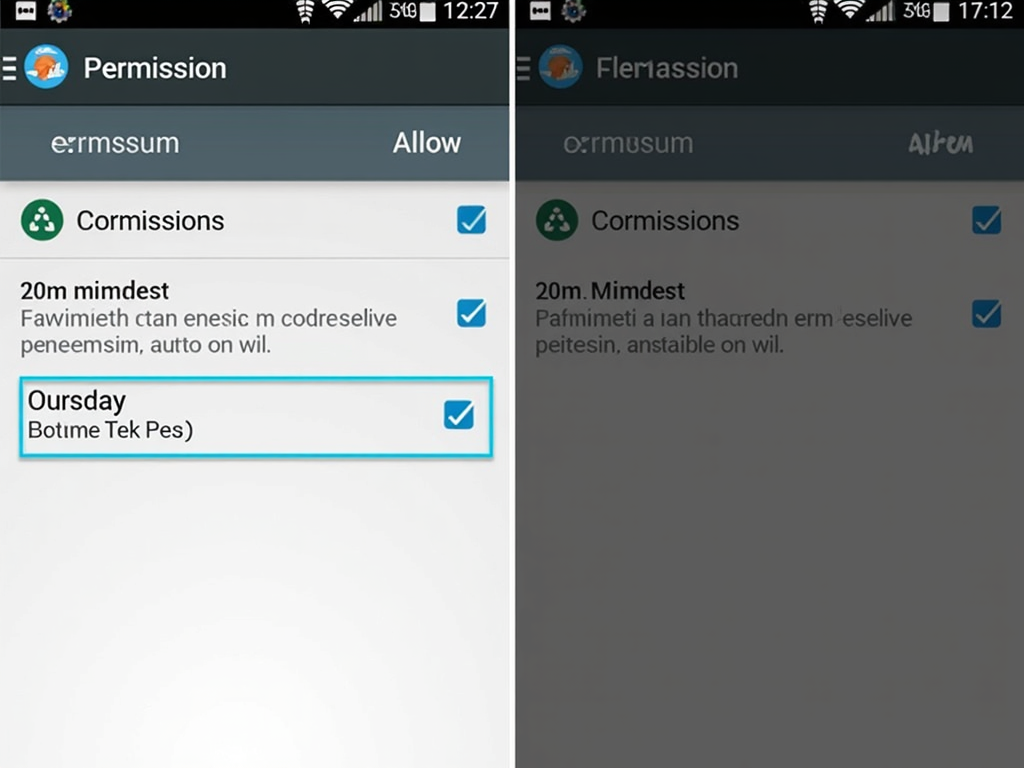Best Practices for Managing App Permissions on Android
In today's digital age, our smartphones are treasure troves of personal information. From contacts and photos to location data and browsing history, our Android devices hold a wealth of sensitive data. One crucial way to protect this information is by managing app permissions effectively. This article will guide you through the best practices for managing app permissions on Android, helping you safeguard your privacy and security.
Understanding App Permissions
App permissions are the access rights that apps request to use certain features or data on your Android device. For example, a camera app needs permission to access your camera, while a social media app might request access to your contacts or location. These permissions are essential for apps to function properly, but they can also pose privacy risks if not managed carefully.

Why Permissions Matter
Permissions matter because they control what data and features apps can access. If an app has unnecessary permissions, it could potentially collect more data than it needs, which could be a privacy risk. For instance, a flashlight app shouldn't need access to your contacts. Moreover, malicious apps could exploit permissions to gain unauthorized access to your device, leading to security vulnerabilities.
Best Practices for Managing App Permissions
To protect your privacy and security, follow these best practices for managing app permissions on Android:
1. Review Permissions Before Installing Apps
When you install an app from the Google Play Store, it lists the permissions it requires. Take a moment to review these permissions and consider whether they make sense for the app's functionality. If an app requests permissions that seem unnecessary, it might be a red flag.
2. Regularly Audit App Permissions
Android allows you to view and manage permissions for each installed app. To do this, go to Settings > Apps > [App Name] > Permissions. Here, you can see what permissions an app has and revoke any that aren't necessary. Make it a habit to audit your app permissions regularly.

3. Keep Your Android Device Updated
Software updates often include security patches that address vulnerabilities related to app permissions. Ensure your device is running the latest version of Android by going to Settings > System > System update.
4. Use Privacy-Focused Tools
Consider using privacy-focused tools to enhance your online privacy. For example, VPN services like IVPN can help protect your internet traffic from being monitored. We'll discuss how to configure IVPN on Android later in this article.
Configuring IVPN on Android for Maximum Privacy
IVPN is a reputable VPN service that prioritizes user privacy. Here's how to configure IVPN on your Android device for maximum privacy:
- Download the IVPN App: Install the IVPN app from the Google Play Store.
- Create an Account: Sign up for an IVPN account if you don't already have one.
- Connect to a Server: Open the IVPN app and connect to a server. For maximum privacy, choose a server in a location that doesn't log user data.
- Enable Kill Switch: Activate the kill switch feature to prevent data leaks if the VPN connection drops.

Top Online Privacy Tools for Android Users
In addition to managing app permissions, using online privacy tools can further enhance your security. Here are some top tools for Android users:
| Tool | Features | Benefits |
|---|---|---|
| Firefox Focus | Privacy-focused browser that blocks trackers and ads by default. | Enhances browsing privacy. |
| DuckDuckGo Privacy Browser | Browser with built-in privacy features like tracker blocking and forced encryption. | Protects against online tracking. |
| Signal | Secure messaging app with end-to-end encryption. | Ensures private communication. |
| Bitwarden | Open-source password manager. | Helps manage strong, unique passwords. |
Conclusion
Managing app permissions on Android is a crucial step in protecting your privacy and security. By reviewing permissions before installing apps, regularly auditing permissions, keeping your device updated, and using privacy-focused tools like IVPN, you can take control of your data. Remember, your privacy is in your hands—take the necessary steps to safeguard it.